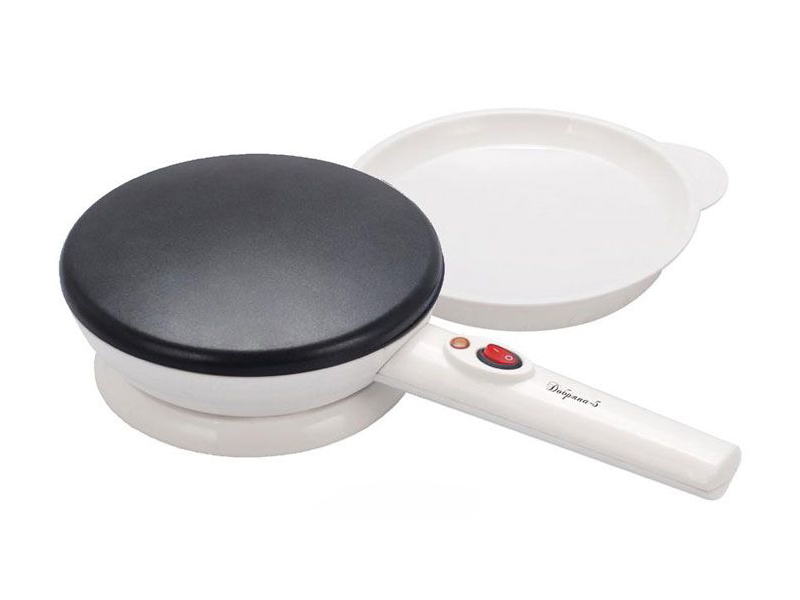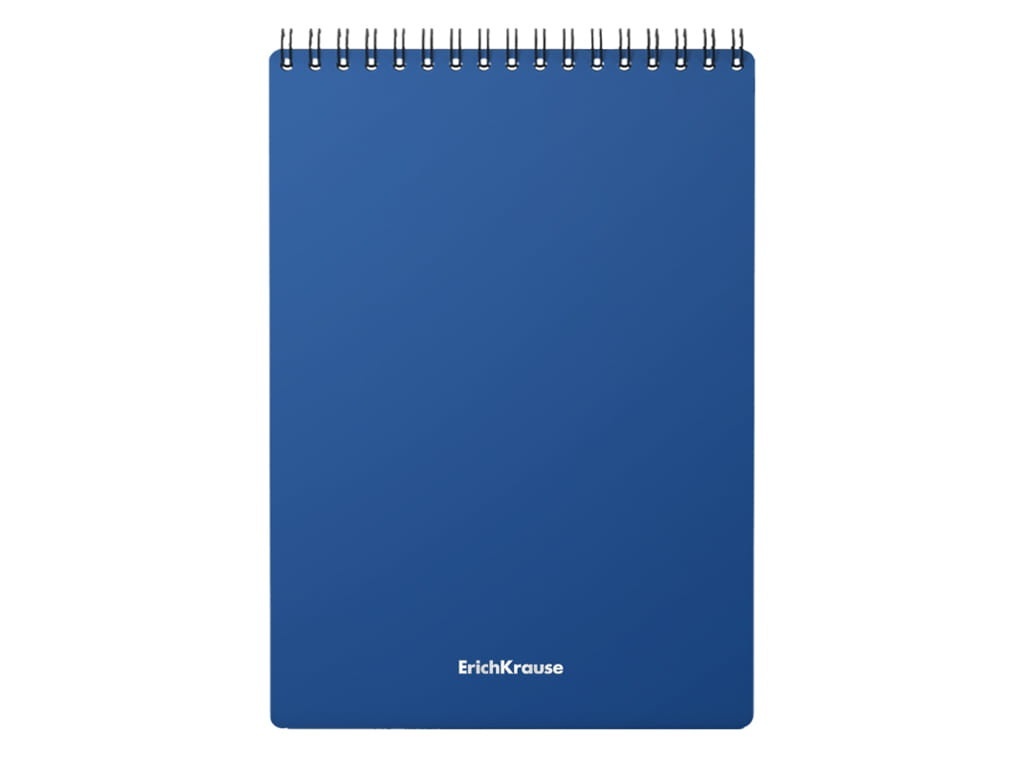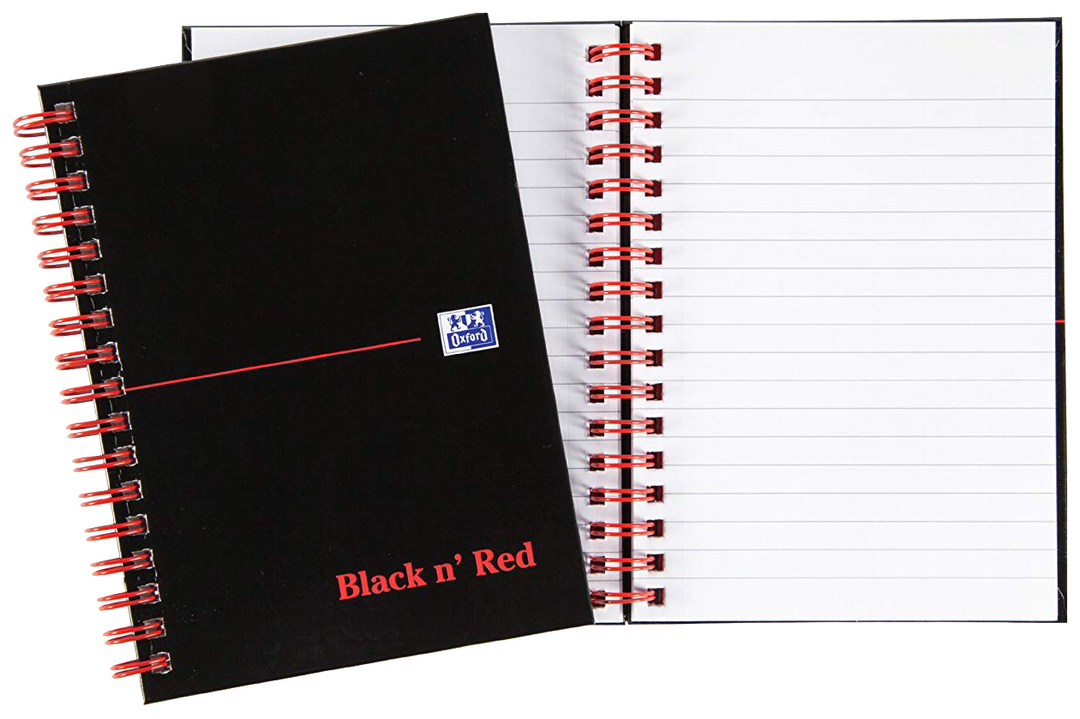For communication systems in a building is always the first place are the reliability and simplicity of design. To the apartment, in the home or at the cottage system functioned normally hot and cold water, worked full heating equipment must be correctly and competently to build pipeline. Here, on the first tube plan - technical-technological element, which subsequently is based the whole system of water and heat. Choosing for heating pipes, it is necessary to take into account every single detail, since technological parameters ending the material used and the method of manufacture.
The challenge lies in the fact that today there are at the disposal of the consumer pipe for heating a wide variety of types and forms. Preference is given to polypropylene pipes, A new kind of consumable material, which has been successfully used for the construction of domestic pipelines. polypropylene tubes for the installation of heating systems, glass fiber or reinforced with aluminum - a "know-how" in recent years. Cheap, reliable, practical and easy to use consumable.

Are the synthetic supplies delivered to heating problems? How polypropylene pipes, reinforced fiberglass, reliable, how to make a purchase? With this question is to understand in more detail.
Main article about polypropylene tubes.
What is reinforced polypropylene tubes
Fading communications life support system, in which the metal tubes are used. Despite the fact that the metal consumables are highly durable and reliable enough to use, high cost of materials and installation of complex influence on that interest in these materials significantly weakened at the household level. As an alternative to metal pipes consumer today is focused on reinforced synthetic supplies.
In the process of manufacturing products in polypropylene reinforced by the addition of specific components of the structure. As a result, the output we have a completely different, a new consumable material - reinforced polypropylene pipes. Reinforcement is a traditional method of mechanical strengthening communications. Due to the incorporation into the polypropylene channels synthetic fibers in the form of a braid, it was possible to significantly increase the strength and stiffness of the material. Reinforcement is performed in the middle of the product, as well as on the inside. The internal reinforcement is extremely rare, but included in the structure of the finished product an additional middle layer of fiberglass - a very common technique.

On a note: reinforcement on the inside wall of the pipe is not advisable. A high probability of an early formation of blockages due to the formation on the walls of the inner channel of salt deposits. The quality of water used for domestic purposes, including heating, is not always perfect.
Having to replace metal pipes, polypropylene reinforced consumables dramatically changed the whole technology of pipe laying heating system. The synthetic material is inferior in strength metal resistant to corrosive processes, and copes with changes in temperature.

Especially consumer bribe that polypropylene tubesReinforced and reinforced with fiberglass, suitable for heating any premises. Polypropylene supplies can effectively interact practically with any type of heating equipment and heating equipment.
The cost of these products is much less than the cost of metal, copper or metal-plastic pipes. This aspect is especially important in those cases when it comes to the organization of the heating system throughout the house. The houses and apartments in a large area in the two-story residential buildings of the use of synthetic fiber reinforced channels allows literally entangle pipeline network whole building. length of piping made of synthetic materials, in some cases up to several hundred meters. With other products such luxury does not let you, trying to save money on every inch.
For reference: the length of the heating system in a private dwelling house area of 100 m2 It is about 100 meters, taking into account the return. Compare the cost of reinforced polypropylene pipes needed for laying a pipeline of such length and prices for metal products or metal and plastic.
To summarize. Reinforcement is performed with the aim to give the necessary strength of the polypropylene tube. Why is used for this purpose glass fibers. The answer is simple. Glass fiber, inserted into the middle of the impregnated elastic plastic mass, creating together with the surrounding outer layers of polypropylene and outer integrally. The result is the required integrity of the product. By incorporating a glass fiber layer pipe structure could significantly reduce the thickness of the inner wall while maintaining the main working channel diameter.
On a note: reinforced aluminum, polypropylene tubes can delaminate over time. Frequent sharp coolant temperature changes become the cause of such adverse effects.

Features polypropylene consumables, glass fiber reinforced
For home heating system the most important parameter - it's easy operation and long service life. The functionality of each component element and a water heating system determines the degree of comfort and reliability. What is the main heating system for installation in the house? Durability and easy maintenance. Carrying out the installation of the heating system in the house, we want to do so that would be the whole complex of equipment work autonomously, without our participation.
Reinforced polypropylene tubes can in this regard, to reassure you. Proper installation of the pipelineInclusion of the thermal calculations and operating features will provide a long and trouble-free operation of home heating system. Used in heating communications reinforced synthetic supplies are designed for 20-25 years of service.
Stability of corrosive processes, the ability to withstand high pressure and significant differences temperatures make synthetic line and communication is very convenient and practical to operation. Permissible temperature range for such material is: -100With 900C, which is especially important when the auxiliary heating equipment. Not terribly polypropylene with glass fiber and freezing. When freezing the coolant in the system, synthetic backbone, in contrast to metal products retain their shape, structure and consistency.

Synthetic Fiberglass reinforced pipes - perfect insulator and in contact with the fire, polypropylene non-toxic and decomposes to water vapor and carbon. Besides these features, synthetic water glass fiber channels, have other advantages. For instance:
- simple, fast and easy installation;
- pipe-laying does not require special skills and expertise;
- seam strength allows to use even in the installation pipe pieces, minimizing waste;
- interchangeability of the individual elements in the event of damage to the pipeline;
- the reasonable price of the material.
And the most important advantage that reinforced polypropylene tubes, the lack of effect of sagging pipeline.
Important! For conventional polypropylene pipes sagging effect is a significant drawback. Polymers tend to have a high coefficient of thermal expansion. Upon contact with the hot coolant polymers acquire additional elasticity, begin to change its structure.
Fiberglass or aluminum polypropylene tubes impart the necessary stability under heating. Pipes for hot water or heating load systems withstand temperature without losing their fundamental technological parameters. In addition, reinforced synthetics and fittings are perfectly combined with any version of the interior decoration. The pipeline of the heating system can be installed inside the walls, dramatically increasing the useful volume of the interior.

Types reinforced polypropylene tubes. marking products
At the moment, the market supplies for heating systems is rich in choice. Noteworthy marking products, thanks to which we can obtain all the necessary information about the operating parameters of the pipe and operational capabilities. Polypropylene reinforced pipes labeling plays a key role. Based on the information we will be able to correctly and accurately select the desired appearance, the type of product.

We begin with the classification of polypropylene pipes, which is based on the diverse nature of products. Synthetic consumables are divided into the following types:
- The first type - products made from homopolypropylene have an index PPH (H - homopolymer). For this type are characteristic of high strength. Typically, they are used in the cold water supply systems.
- The second type - pipe, which include a block copolymer (B - block copolymer). These supplies are labeled indices PPB and can be used in low-temperature heating systems (warm water floors).
- The third type, the most common. Products used for underfloor heating and hot water. Labeled such pipes PPR, wherein R - is a random copolymer. Usually this type of product is reinforced. By labeling existing PPR added the letter C, meaning inflated to temperature shock requirements (up to 950FROM).
European matches abbreviation PP PP Russian version, which means polypropylene.
Further, after the product designations belonging to the type of material, are symbols identifying the value of the nominal operating pressure. For this purpose, the indices PN. In everyday life, for water systems and heating systems are generally used with indices reinforced pipes PN20, PN25. These two types are ideal for heating systems, for centralized heating options, and complete with individual heaters. The difference is that the product index PN20 reinforced with fiberglass, and with index PN25 have an aluminum layer.
Important! Unlike conventional polypropylene supplies both, PN25 and PN20 and have a low coefficient of thermal expansion. For products reinforced with glass fibers, the rate of 5-7% higher than that of polypropylene foil tube.
Quality, the product conforms to the stated parameters can be obtained by purchasing original, brand-name products. The price is based on the aspect of which can be determined on the fake brand Consumables. The reinforcing component - the glass fibers may be of different colors, orange, blue, red or green. No part of colors plays. Some manufacturers, in addition to existing markings applied along the surface of the pipe band:
- red band, the scope of use - piping with hot water or coolant;
- blue stripe, products used for cold water;
- two colors - versatility highway.

It looks something like this standard marking on the product.
Conclusion. Stacking pipes and mounting features
Having an idea of what is best to take components of the heating system, it is worth say a few words about the features of polypropylene stacking lines and installation specifics pipelines.
With the help of calculations it is possible to get an idea of how long you should buy the pipe and in what quantity. Already during laying of the pipeline material is cut into pieces according to size. Res Consumables performed by special scissors.
Important! Polypropylene channels cut quite easily, hence we can conclude. Transport and assembly of finished products should be carried out with caution. Any significant mechanical stress can compromise the integrity of the product.
Where a high probability of mechanical damage to the pipeline, it is better to install metal fragments.

It is believed that polypropylene tubes environmentally clean and safe place so pipe-laying may be selected in accordance with a technological necessity. However, before installing the best to have on hand estimates of the heat supply rate, the power head and the heating temperature. Calculated data must not exceed the permissible operating parameters for the selected brand goods. Otherwise it may be a technological mismatch, resulting in an emergency.

Installation of the pipeline is carried out with the coefficient of thermal expansion, which for consumables with fiberglass slightly greater (5-6%) than the product with an aluminum insert. The cut pieces are joined into a single trunk, by diffusion soldering, using connections and tap fittings, couplings, angles, tees and adapters. Reinforced pipes are soldered in the same manner as conventional polypropylene products. The material is easy to combine with the metal elements, which have a threaded connection.
At the moment, price and quality of products in the pipeline Polypropylene is the best among other supplies. Strength, durability and reliability enough to allow easy, without too much skill and effort to accomplish the laying of the pipeline of the heating system in the building.



